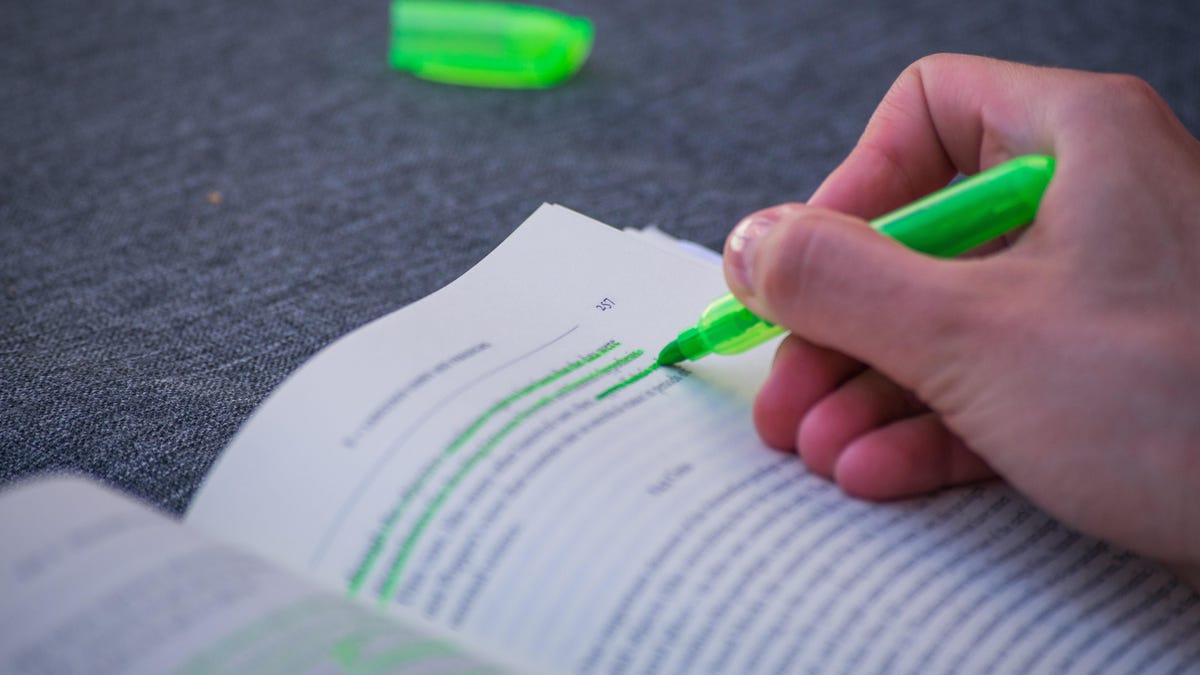Use “close Reading” to Retain Every Detail While Studying

When you are assigned to read a text, you should extract some general ideas from it. However, to arrive at such a broad understanding, you must use a completely detail-oriented method. This is called “close reading” and it will help you grasp the overall meaning of everything you read.
What is close reading?
Close reading is a method that requires you to focus on every detail of the text and assume that no detail is there by chance or without reason. In Teaching Literature , literary critic Elaine Showalter said that “close reading” is “slow reading, a deliberate attempt to step back from the magical power of narrative and attend to language, imagery, allusion, intertextuality, syntax, and form.” The idea is to break the habit of reading casually or taking it all in and instead form a new habit where you examine every tiny element of what you read and question why the author included them.
This method is even included in the US Common Core Standards for K-12 Education . There it is defined as “the methodological study of a complex text by answering text-dependent questions aimed at revealing the meaning of the text.”
Essentially, you’re looking not just at what the text says, but at how it says it, and that’s helpful: according to Literacy in Focus , this means that over time you’ll be able to truly understand what means text. Educators have researched the use of this method and found that it improves reading comprehension, for example. Using close reading helps students understand what the text is saying and why it is important.
How to learn to read carefully
Close reading involves reading only twice (or more than twice). The first time you read it, you’ll actually be a “close reader,” but the last time you read it, you’ll apply everything you’ve learned to extract broader meaning.
As you read carefully, take notes and mark up the text with markers or pens (if you can). Highlight all the new words that you come across. Pay attention to subtitles and chapter titles. Look for visual aids, tables, and other graphics. Follow the order in which new information is presented. Pay attention to any groups or people represented. Consider also the target audience of the work: is it a college textbook aimed at students, or a guide for people already working in the field? Each of these represents an intentional element of the text, and understanding why they are included as they are will help you grasp the overall meaning.
Write down any questions these details raise and what you think the answers are. Why is this subsection named this way? Why was this piece of information presented before the other? Why was this painting chosen to represent the idea? Also, look for words or ideas that you don’t understand.
On your final reading, don’t focus on the details more than the overall message. Use the questions you wrote down, the features you noticed, and the new words and ideas you looked for to improve what you learned from it.